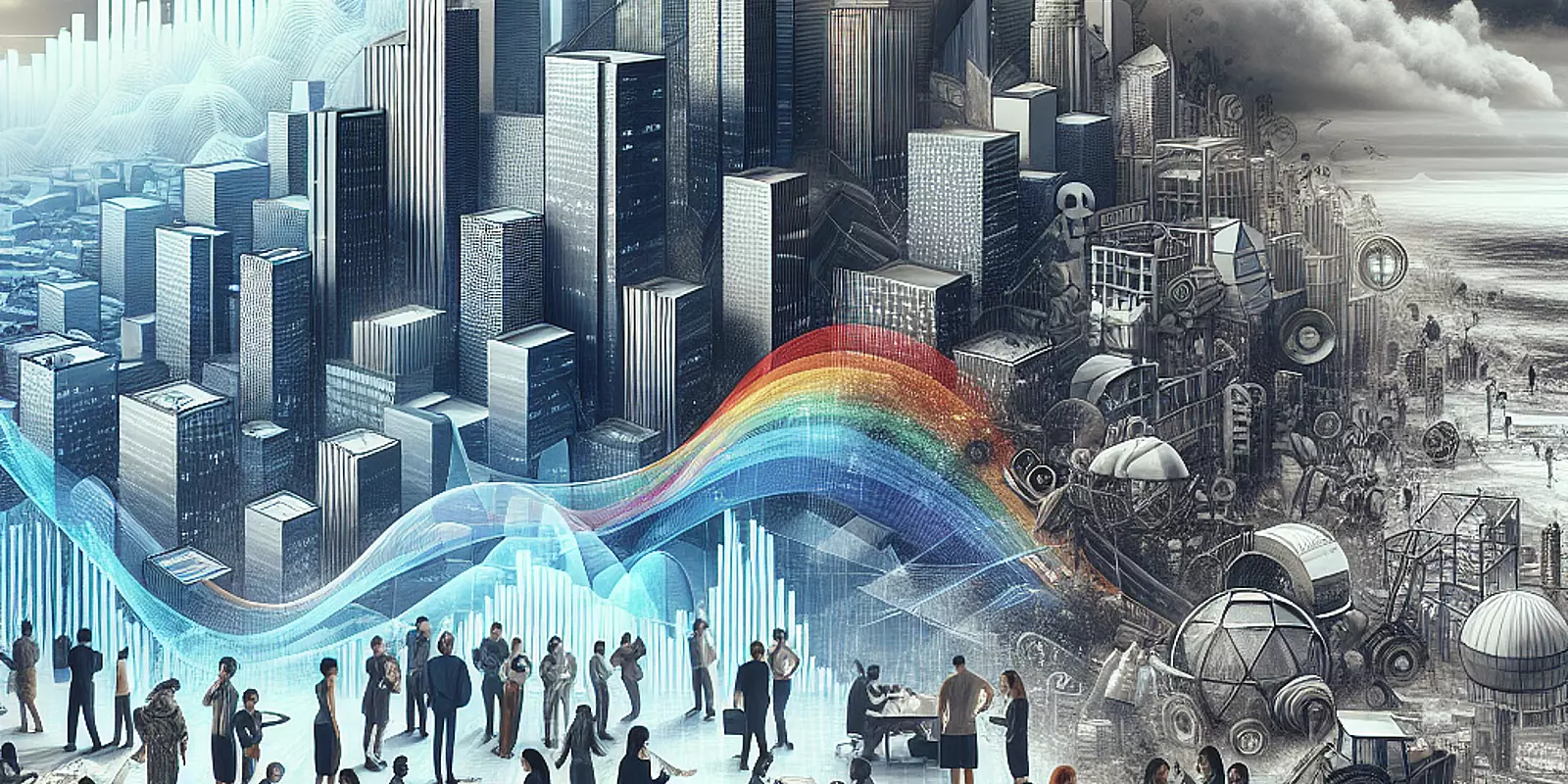
The architectural visualization (ArchViz) industry sits at the vibrant intersection of creativity and technology, significantly influencing modern architecture. As projects become more complex and client expectations rise, visualizations have evolved into powerful tools that vividly express architectural concepts. In a highly competitive field where visuals make critical first impressions, ArchViz is pivotal in securing stakeholder buy-in and facilitating team communication. With the rise of artificial intelligence and real-time rendering technologies, the ArchViz industry is becoming increasingly saturated, prompting practitioners to develop complementary skills beyond traditional visual representation.
Recent advancements in AI have transformed the ArchViz landscape, reshaping workflows and redefining essential skills for success. AI-powered tools, such as those developed by EvolveLAB, enhance design process efficiencies by automating repetitive tasks, enabling a stronger focus on the creative elements that captivate clients. Platforms like Enscape utilize AI Enhancers to bolster real-time visualizations, substantially improving design iteration and client communication.
Augmented reality (AR) and virtual reality (VR) are redefining traditional visualization methods, turning them into immersive experiences that allow for real-time feedback and adjustments. These technologies facilitate engaging presentations, enabling professionals to gain a competitive edge by delivering high-quality, sophisticated visualizations.
Developing complementary skills in architecture and interior design significantly enhances career prospects within the evolving ArchViz domain. A case study by MTMA highlights how mutual trust and complementary design and presentation skills lead to project success. By grasping aesthetic and functional design nuances, ArchViz professionals can foster enriched collaborations with architects and designers. Mastering a combination of technical proficiency in 3D modeling, rendering, and design fundamentals sets individuals apart in a saturated industry, promoting creativity in visual storytelling and aligning closely with architectural visions.
The fast influx of talent has created a competitive atmosphere in the ArchViz market. To stand out, professionals must hone a unique blend of creativity, technical expertise, and specialized knowledge. Visual competitions serve as quality and innovation benchmarks and act as talent-scouting grounds for firms. Staying ahead requires continuous learning, networking, and adopting emerging tools like AI and VR. Integrating advanced tools into workflows draws client attention, transforming competition into growth opportunities.
Networking and collaboration are essential in the rapidly evolving ArchViz field. Establishing professional connections is crucial for collaboration, development, and access to resources. Networking opens avenues to joint projects and mentorship relationships, alongside sharing insights with peers.
Industry veterans advocate for collaboration as a catalyst for creativity and innovation, leading to diverse idea exchanges, enriched visual outcomes, and stronger portfolios. Collaboration mitigates the risks of freelancing by sharing resources and distributing workloads.
At the intersection of technological evolution and architectural innovation, ArchViz offers a blend of opportunities and challenges. Professionals must embrace adaptation and diversification, cultivating complementary skills in architecture or interior design to distinguish themselves in a saturated market. Building connections through networking and collaboration is vital for navigating the rapidly changing ArchViz field. Looking toward the future, it is crucial to engage with technological transformations to ensure skills evolve alongside the technologies shaping the built environment. Embracing these trends and challenges with enthusiasm and strategic action can lead to a vibrant and successful career in architectural visualization.